Archaeologists in central Turkey have rewritten the history of one of the most iconic Roman-era structures in the ancient city of Tyana: the so-called “Roman Pool,” which was thought to be part of the water distribution system, but has now been identified as a sacred healing sanctuary dedicated to Asclepius, the ancient Greco-Roman god of medicine.
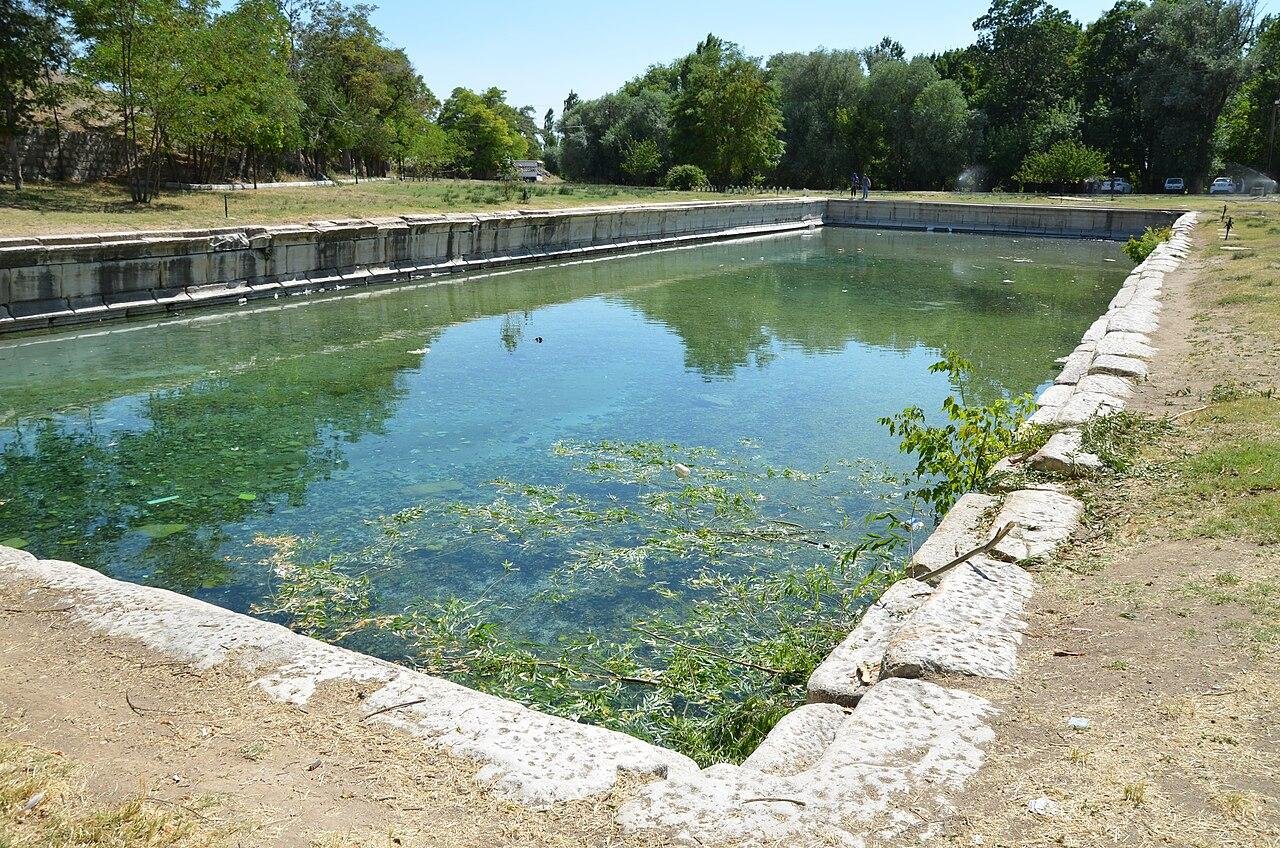
Excavations at the site, which is located in Bahçeli, a settlement in the Bor district of Niğde Province, have been renewed by a team from Aksaray University‘s Archaeology Department within the context of the Ministry of Culture and Tourism’s Heritage for the Future project. Recent discoveries at the site have challenged long-standing interpretations of the structure’s purpose, showing that this was not just a feat of engineering but a spiritual and therapeutic center within Roman healing practices.
The pool, which was constructed in the 2nd century CE during the reigns of the Roman emperors Trajan and Hadrian, had previously been considered to have served solely as part of the water supply network for Tyana. However, the 2025 excavation season has brought to light some compelling evidence for ritual use. Among the discoveries is a marble altar decorated with snake motifs, some of the most important symbols associated with Asclepius and the themes of rejuvenation and health known from ancient medical cults. Other sculptural fragments with serpent imagery were found in its vicinity, further reinforcing the interpretation that this was indeed the site of a sanctuary dedicated to healing and purification with sacred water.
Archaeological evidence on the eastern side of the pool shows it once formed part of a larger temple or sanctuary complex. Such Asclepian sanctuaries were common throughout the Greco-Roman world and often combined worship with medical treatment. Cures were sought by visitors and pilgrims through bathing in consecrated water, prayer, and the offering of votive tokens to the god in gratitude for restored health.
Further supporting this interpretation, researchers found a newly preserved inscription referring to the Roman emperors Marcus Aurelius and Commodus. The text implies that the main phase of construction took place between CE 177 and 180, refining the historical timeline of the site and confirming imperial patronage. This inscription is considered a milestone in understanding the way Roman authorities supported public and spiritual health initiatives across Anatolia.
Excavations at Tyana have provided new information about the historical importance of this city. Tyana (known as Tuwana during the Iron Age) was one of the most important cities in Cappadocia during the Roman period and a vital trade center between central Anatolia and the Cilician plains in the south. During Caracalla’s reign, it was granted the elevated title of Antoniana Colonia Tyana, reflecting its status and importance within the empire.
After almost eight decades without major excavations, the renewed research provides the first scientific confirmation that the Roman Pool was part of a healing complex rather than a purely utilitarian structure. The discovery adds a new dimension to the archaeological landscape of Niğde and Cappadocia.
Excavations will continue in 2026, with plans to uncover more of the surrounding architecture and prepare the site for controlled public access. Researchers also hope further investigation may help unearth additional artifacts and inscriptions that could be connected to Asclepius’s cult, thereby enriching their knowledge of how water, ritual, and medicine interrelated in the daily life of ancient Anatolians.



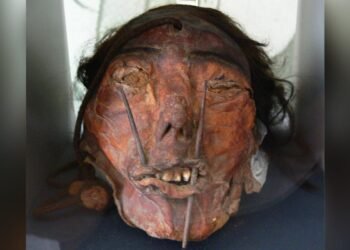
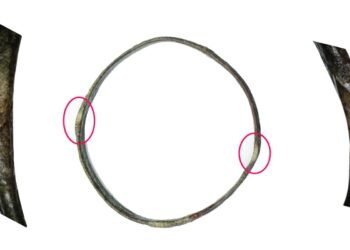
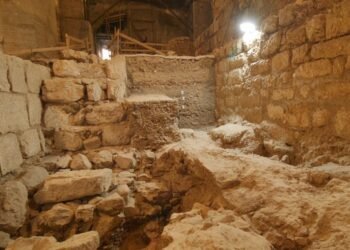
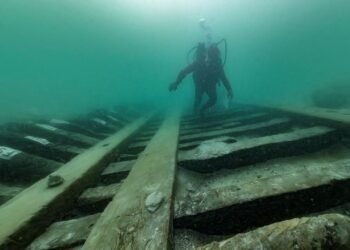

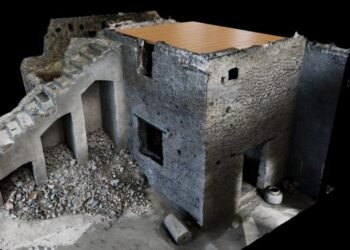















Comments 0